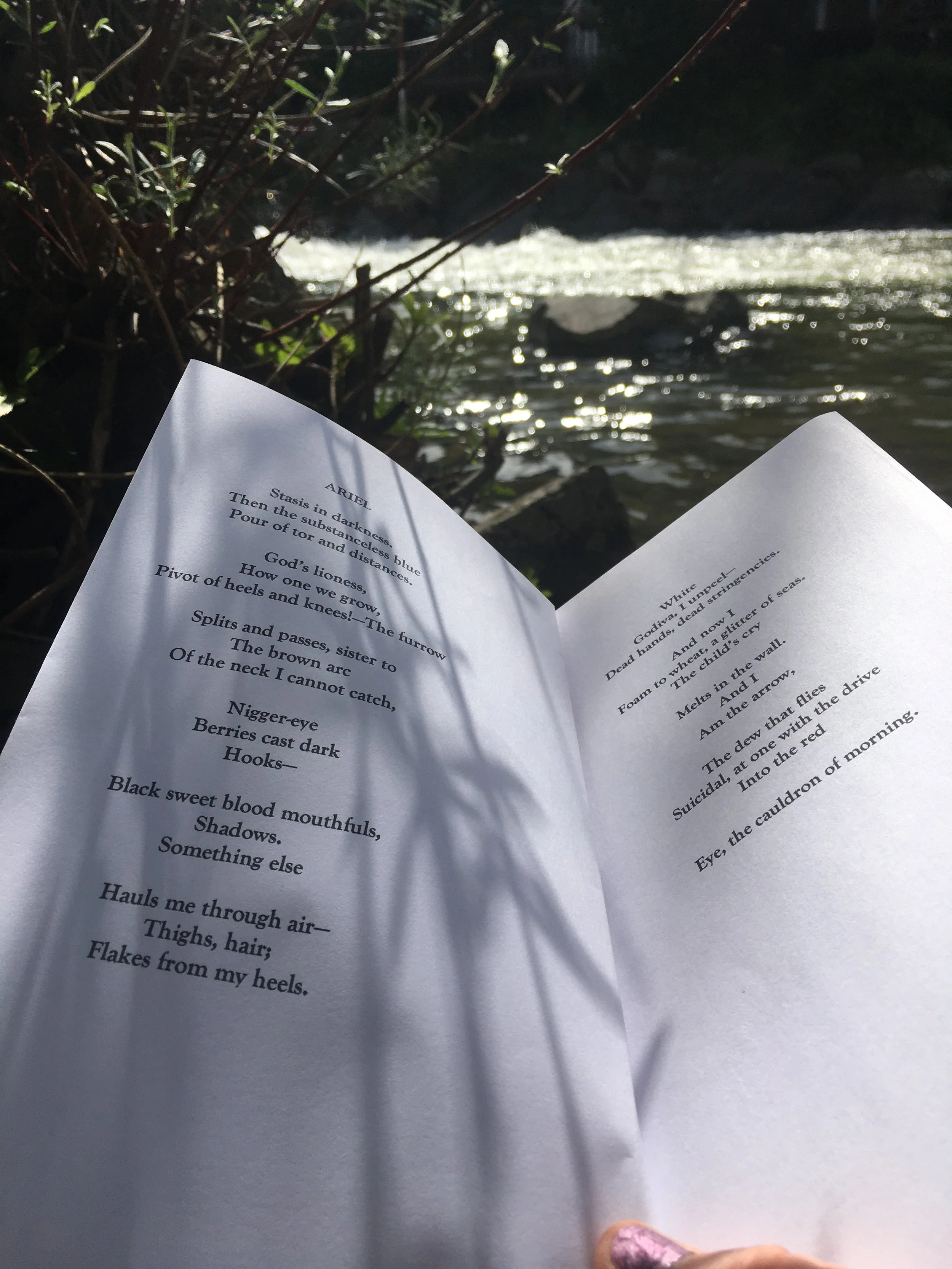The Hole In The Wall
/When we write we set up a world in which the reader views our story through a series of frames.
Writing is an on-going process of choosing what places, people, objects, and information to withhold or reveal, and in what detail. We need to make these choices according to the effect we hope to achieve. Do we want to build tension, raise drama, or release laughter?
It’s not unlike a series of film shots. In one frame a man walks down a dark street alone. In the next the mugger is there, arm round his neck, tugging at the bag. Surprised, shocked? I hope so. The effect is created by bringing something from outside the frame, in, unexpectedly.
Thinking about frames reminded me that one of the principles of Japanese garden design, is called ‘shakkei’ which literally means ‘borrowed scenery’.
Here, a frame of trees or fencing, or perhaps a hole made in a wall, is used to capture an element from outside the garden that is poignant, or emotive, and make it part of the composition.
When I think of this idea, I always think of the maze that is the South Devon lanes. The hedges on either side of the small roads are six feet high. I drive along, seeing nothing except the road, until, quite suddenly, there’s a gate. The view opens up and I’m both flying free and finding my feet simultaneously. Open fields stretching to the sea, and endless sky. Breath-taking.
In the spirit of shakkei, I went for a walk yesterday.
Going up the hill, and round the corner I was immediately aware of what was hidden and then gradually revealed. The first frame was a square of green wire in a fence. Inside it, the far mountains. The wood of a child’s swing created a moving frame, the view ever-altering. There were also caravan windows, the scratched Perspex distorting the sunlight and abstracting the view. And then finally, and most wonderfully, in an upstanding slab of concrete, a small round hole revealed the pink glow of the sky, so ethereal in contrast with the hard material that enabled it.
I see now there’s a reason that galleries frame paintings. Things just look better through a frame.
The Weekly Prompt
This week, borrow some scenery, and create your own shakkei. Go for a walk outside and look for natural frames. Alternatively, construct a simple frame and take it outside with you.
When you notice a natural frame, or actively frame something- what does it bring to your experience of the environment? What effect does it have on the reader to describe that view in words? Choose different frames, and notice how your choices about what you emphasise, and what you leave out, change the story you tell.
First published June 7th 2013














We unpeel those layers that have attached themselves over time, by finding word portals back to a freshness of thought and expression.